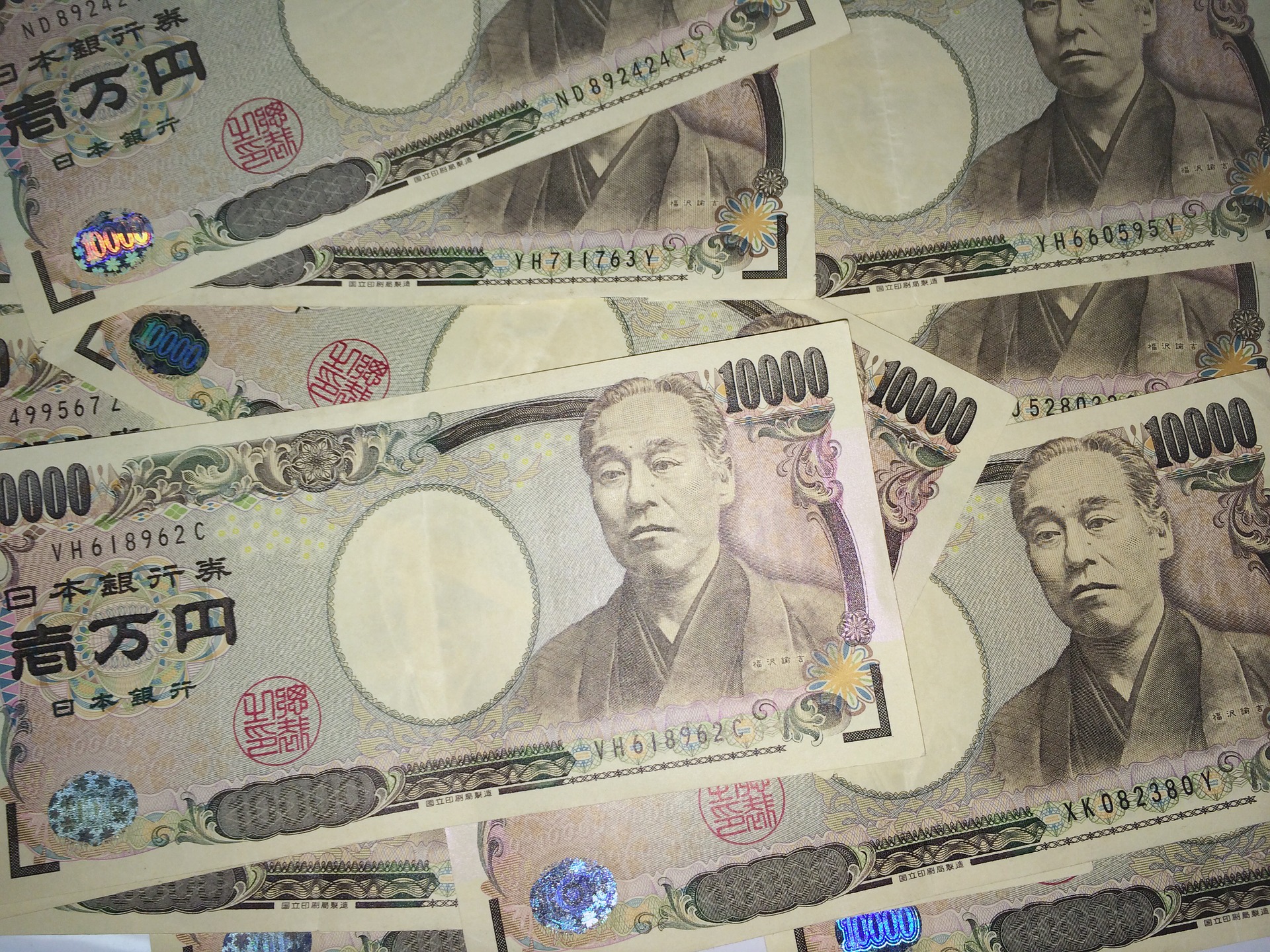SSGA-SPDR: Can Japanese equity valuations catch up with the US?
SSGA-SPDR: Can Japanese equity valuations catch up with the US?

Despite much stronger performance over the past three months, Japanese equities continue to trade at historically low valuations relative to global equities. However, we see a few tailwinds appearing now that may help Japan catch up to the US and other regions in terms of valuation.
We now see the potential for fiscal stimulus packages to finally be approved to help support the Japanese economic recovery. While newsflow on this area has flip-flopped in the weeks since the installation of Prime Minister Kishida, there have been a few positive developments recently. These include Kishida outlining a firm plan for a JPY 30 trillion package that includes cash payouts for households with children aged 18 and younger and a subsidy to boost domestic tourism in the country.
The most recent quarterly earnings season also helped to boost sentiment for Japanese equities, as companies reported strong earnings. Earnings were bolstered by a weaker JPY relative to USD due to continued expectations that the Bank of Japan (BoJ) will maintain low interest rates for longer than other developed market central banks, which helped support exports. This season also demonstrated that Japanese corporate balance sheets are extremely robust, with almost 50% of Japanese corporations having more cash than debt.
Japan has faced strict lockdowns relative to other countries, particularly this year when the government has called a state of emergency numerous times. However, the country is beginning to show positive signs that it should be able to re-open safely, as vaccinations have ramped up and cases and deaths from COVID have seen a significant fall. While Japan generally performs well during cyclical and value rallies, the boost to traditional economic sectors from re-opening should provide a further benefit.
Finally, the tightness in Japan’s job market prior to the pandemic has meant that the labour market has been able to recover more quickly than in other regions, with the unemployment rate seeing a sharp increase followed by a subsequent fall. Although we have seen the job offers to applicant ratio fall more recently, it still remains at a fairly normal level on a historical basis.
The main risk to Japanese equities is that the BoJ is not able to keep interest rates low and is forced to normalise at a similar rate to the US. This risk was highlighted by the fact that producer prices surged by 8% in October, the fastest pace in 40 years. Although this rise has yet to fully feed through into consumer inflation, which remains more subdued than in other regions, there is obviously a risk that producers begin to pass these costs on to consumers.

